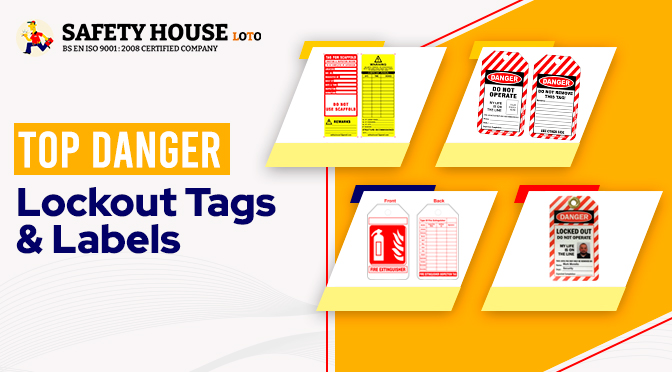Unlocking the Potential of the Screwdriver: A Comprehensive Guide
Screwdrivers are indispensable tools in both DIY projects and professional settings. From assembling furniture to repairing electronics, these simple yet effective instruments play a crucial role in various tasks. In this article, we delve into the world of screwdrivers, exploring their types, uses, and tips for effective usage.

What are the main types of screwdrivers?
There are several types of screwdrivers, each designed for specific screw heads. Common types include flathead, Phillips, Robertson (square), Torx (star), and hex screwdrivers. Flathead screwdrivers have a single, flat blade ideal for slotted screws, while Phillips screwdrivers feature a cross-shaped tip suited for Phillips screws. Robertson screwdrivers are square-shaped, providing better grip and preventing cam-out. Torx screwdrivers have a star-shaped tip, offering increased torque and reduced slippage, while hex screwdrivers are hexagonal and commonly used for hex screws.
How do you choose the right screwdriver for a task?
Selecting the right screwdriver is crucial for efficient and safe work. Consider the type of screw head you’re working with and choose a screwdriver that matches it precisely. Using the wrong type of screwdriver can damage both the screw and the tool. Additionally, consider the size of the screw head and ensure the screwdriver fits snugly without slipping.
What are some tips for using a screwdriver effectively?
To use a screwdriver effectively, start by ensuring the screwdriver tip matches the screw head precisely. Apply steady pressure while turning the screwdriver to avoid stripping the screw head. For stubborn screws, apply lubricant or use a screwdriver with a magnetic tip to hold the screw in place. When driving screws into wood or other materials, pre-drilling pilot holes can prevent splitting and make driving easier. Finally, always store screwdrivers in a dry place to prevent rust and maintain their effectiveness.
How can screwdrivers be maintained for longevity?
Proper maintenance is essential to prolonging the life of your screwdrivers. After each use, wipe the screwdriver clean to remove any debris or residue. If the screwdriver becomes dull or damaged, sharpen or replace the tip as necessary. Periodically inspect the handle for cracks or signs of wear, and replace the screwdriver if needed. Store screwdrivers in a designated toolbox or organizer to prevent loss and damage.
Screwdrivers are versatile tools that play a vital role in countless applications, from household repairs to industrial projects. By understanding the different types of screwdrivers, choosing the right tool for the job, and employing effective usage techniques, you can tackle any screwdriving task with confidence and precision. Remember to maintain your screwdrivers regularly to ensure their longevity and reliability. Whether you’re a seasoned professional or a DIY enthusiast, a quality screwdriver is an invaluable addition to your toolkit.



